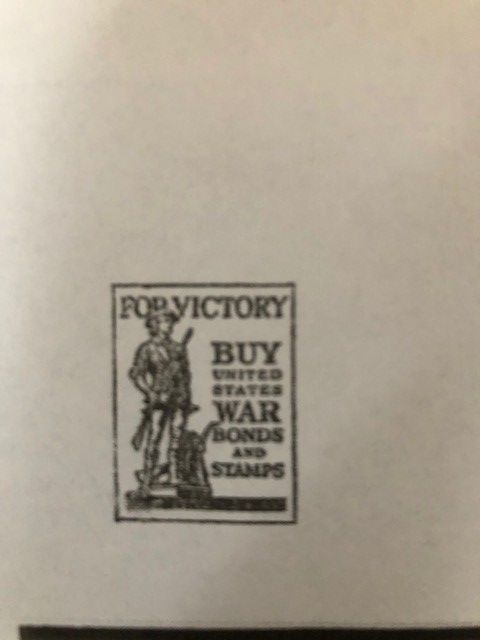Winter Science Speaker Series Lineup Announced
Nantucket, MA – The Maria Mitchell Association (MMA) has announced the lineup for its popular Winter Science Speaker Series, featuring presentations from MMA intern alumni. Each winter, former interns rejoin the MMA to discuss their fascinating research and the projects they have been involved with since their time on Nantucket. Topics will include astronomy, natural history collections, marine science research, and more. All presentations will take place on alternating Wednesday evenings from 7-8:00PM and are free via Zoom.
First up on Wednesday, February 9th is Anne Blackwell, a former MMA National Science Foundation Research Experiences for Undergraduates (NSF-REU) Astronomy Intern from 2018. Her talk, “Mystery of the Missing Metals ̶ Finding the Origin of Metals in Galaxy Clusters” will focus on discussing theories regarding metals found in “hot halos” within galaxy clusters.
Galaxy clusters are the largest structures in the Universe ̶ collections of hundreds to thousands of galaxies all bound together by gravity. Between the galaxies there is hot gas (~70,000,000 degrees F) containing atoms, known as the hot halo. Information about the history and the evolution of these clusters is held within the hot halo. Observing this phenomena, we see a high abundance of metals, such as iron. We don't know where these metals came from. The stars within the galaxies in the cluster produce metals, but based on our understanding of stellar evolution, they would not produce the extremely high amount of metals seen in the hot halo. Here is where Blackwell tries to answer the question, “Where did the metals come from if not the stars within the galaxy cluster?”
Blackwell is a third year graduate student in the Astronomy & Astrophysics department at the University of Michigan. She works with Dr. Joel Bregman using X-rays to study galaxy groups and clusters; specifically, their metal content. In addition to research, Anne is part of outreach organizations such as Astronomy on Tap, FEMMES, and is a planetarium operator at the University of Michigan Natural History Museum. Recently, she developed an activity for children to learn about light pollution with the Michigan Dark Skies group which is being adopted by public libraries all over Michigan. She has been part of a panel for the Chandra X-ray Observatory with the Smithsonian Air & Space Museum, and given public talks at Astronomy on Tap, and the Michigan Warren Astronomical Society.
Future presenters include: Alexandra Mannings, NSF-REU Astronomy Intern, 2018 (February 23rd); Mark Losavio, MMA Aquarium Intern, 2014 (March 9th); Emmy Gagne, MMA Natural Science Intern, 2018 (March 23rd); Julia Blyth, MMA Natural Science Intern, 2010 and 2011 and current MMA Natural Science Collections Manager (April 6th); and Meg Lysaght Thacher, NSF-REU Astronomy Intern, 1986 (April 20th).
To register for the February 9th event, please follow the link below:
https://us06web.zoom.us/webinar/register/WN_Ocv498udSzW4PDNgCj-wLQ
For the full Winter Science Speaker Series schedule, please visit our website here:
https://www.mariamitchell.org/winter-science-speaker-series
The MMA’s Science Speaker Series is made possible by the sponsorship support of our Lead Sponsor, Bank of America and Supporting Sponsors: Cape Air, Cisco Brewers, The Osceola Foundation, Thirty Meter Telescope, and the White Elephant.
This series is organized by the Maria Mitchell Association, a private non-profit organization. Founded in 1902, the MMA works to preserve the legacy of Nantucket native astronomer, naturalist, librarian, and educator, Maria Mitchell. The Maria Mitchell Association operates two observatories, a natural science museum, an aquarium, a research center, and preserves the historic birthplace of Maria Mitchell. A wide variety of science and history-related programming is offered throughout the year for people of all ages.
The Maria Mitchell Association is a private non-profit organization. Founded in 1902, the MMA works to preserve the legacy of Nantucket native astronomer, naturalist, librarian, and educator, Maria Mitchell. The Maria Mitchell Association operates two observatories, a natural science museum, an aquarium, a research center, and preserves the historic birthplace of Maria Mitchell. A wide variety of science and history-related programming is offered throughout the year for people of all ages.
For Immediate Release
February 7, 2022
Contact: Logan Gomes, Director of Advancement
Recent Posts




